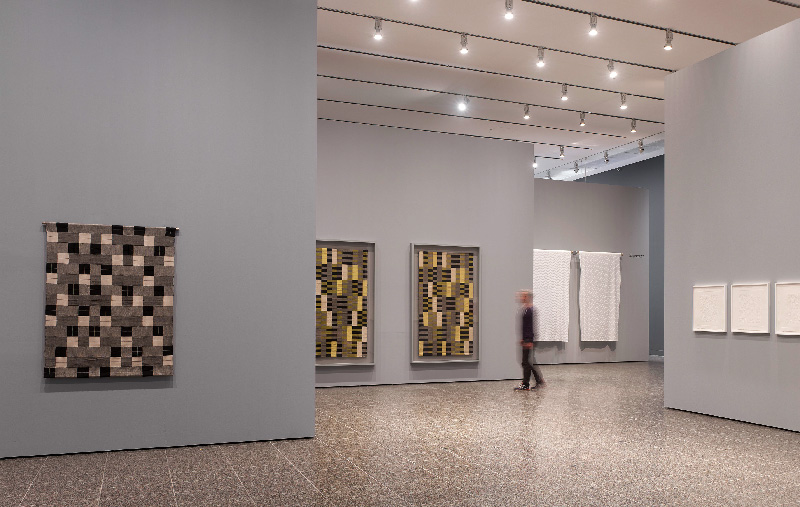
Installationsansicht im K20
Foto: Achim Kukulies
© Kunstsammlung NRW
Diese große Übersichtsausstellung die von 9.6 bis 9.9.2018 im Ausstellungsgebäude K20 der Kunstsammlung Düsseldorf stattfindet, ist erst die zweite wichtige Einzelausstellung über Anni Albers in Deutschland
(In1975 fand die “Anni Albers” Ausstellung im Kunstmuseum Düsseldorf sowie im Bauhaus Archiv statt). Im Katalog heißt es “angesichts der beeindruckende Vielfalt ihres Werkes wird Anni Albers´ besonderen Beitrag zur Moderne ebenso wie ihr anhaltender Einfluss auf Kunst und Design neue Wertschätzung erhalten”. Das passt ins Bild der neue Entwicklung, wobei die “alten Damen” den jungen Künstlern als Lieblinge der Kunstszene den Rang ablaufen (“Why old Women have replaced Young Men as the Art World´s Darling” Artsy editorial, June 2017). In diesem Zusammenhang wird auch hinterfragt warum die Arbeiten von Anni so viel niedriger im Preis sind im Vergleich zu die ihres Ehemannes Josef Albers. Dieser Unterschied in öffentlicher Wertschätzung wird auch deutlich, wenn man die Zeitungsberichte ließt, denn fast gleichzeitig findet die Ausstellung ” Josef Albers. Interaction” in der Villa Hügel in Essen statt. Man findet längere Berichte zu Josef und oft nur wenige Sätze zu Anni. Anlässlich ihrer Druckexperimenten, die sie im späteren Alter mit Begeisterung durchführte, sagte Anni lakonisch: “Wenn eine Arbeit mit Fäden entsteht, wird sie als Handwerk betrachtet; auf Papier wird sie als Kunst angesehen”. Sie freute sich darüber , das mehrere Bilder entstehen und nicht- wie beim Weben- immer nur eins das zudem noch zeitraubend hergestellt werden musste.
Die Ausstellung im K20 ist thematisch geordnet wobei die große Vielfalt der Bildgewebe, Raumteiler, Vorhänge und Stoffentwürfe sowie ihre Vorliebe für experimentelle Geweben und neuen Materialien auffällt. Aus ihre spätere Zeit sind auch zahlreiche Monoprints, Lithos, Prägedrucken sowie experimentellen Drucktechniken zu sehen, die fast immer von Fäden und Fadenverläufe ausgehen.
Anni Albers war besonders von der präkolumbianische Weberei inspiriert worden. Sie muss die komplizierte Techniken der Andenbewohner geliebt haben, denn sie hatte solche Arbeiten auf ihre Reisen gesammelt und probierte diese Techniken auch aus. Die Arbeit “With Verticals”, 1946, zeigt , wie ich meine, zusätzlich eingehängte Kettfäden wie es die alten Inkas verwendeten. Weil man die Rückseite nicht sehen konnte, ist die Technik nicht mit Sicherheit nachzuvollziehen. Leider steht in der Beschreibung nur das die Arbeit Gewebt ist! Magdalena Droste vom Bauhaus Archiv soll mal gesagt haben , dass die ganze Bildunterschriften zu den Bauhaus Textilien überprüft und ergänzt werden sollten. Das wäre eine Großtat, die auf mehr Wertschätzung für die Textilien hinweisen würde!
Im K20 sind auch eine ganze Reihe Drucke aus dem letzten Drittel Anni´s Lebens zu sehen zu sehen (sie wurde 94 Jahren alt). Das Versäumnis, ihre Weberei nicht als große Kunst an zu erkennen, wird jetzt nachgeholt.
Anni Albers , die als Anneliese Else Friedmann in 1899 geboren wurde, kam in 1922 ans Bauhaus in Weimar wo sie – wie alle anderen Frauen auch – der Textilwerkstatt zugeteilt wurde. Dazu Anni: Weben? Weben hielt ich für weibisch … Ich war auf der Suche nach einem richtigen Beruf. Uns so fing ich ohne große Begeisterung mit dem Weben an, da diese Wahl nun einmal am wenigsten Anstoß erregte … Nach und nach begannen die Fäden meine Fantasie zu wecken” Im Vorkurs war sie sehr beeindruckt von Paul Klee und begann dessen Farblehre und geometrische Kompositionen in Wandteppichen mit Blöcken und Streifen in kontrastierenden Farben umzusetzen. Aber es entstanden – nach der neue funktionale Ausrichtung des Bauhauses unter Hannes Meyer – auch Nutzstoffe. So bestand ihre Diplomarbeit aus einen schalldämpfenden Wandbespannung für eine Aula. Dieser Arbeit war es, die den jüdisch-stämmigen Anni zusammen mit ihrem Mann Josef Albers in 1933 einen Lehrauftrag am avantgardistischen Black Mountain College in North Carolina verschaffte. Josef, Meister am Bauhaus und bis zur Schließung Leiter des Vorkurses, wurde zum Direktor des College berufen.
In 1935 unternahm das Par die erste Reise nach Mexico, wo sie die präkolumbianische Kultur entdeckten, die sich für beide auf ihre Arbeit auswirken würde.
Bereits in 1949 bekam Anni als erste Textilkünstlerin eine Einzelausstellung im Museum of Modern Art in New York, lange vor die textile Revolution von Lausanne, die 1962 anfing.
Die jetzige Ausstellung wurde in Zusammenarbeit mit dem Tate Modern gestaltet, wo sie ebenfalls von Oktober 2018 bis Januar 2019 zu sehen sein wird. Zusammen haben das K20 und Tate Modern einen Katalog herausgegeben mit Beiträgen der Herausgeberinnen und Kuratorinnen Ann Coxon, Briony Fer und Maria Müller-Schareck sowie Texte von Brenda Danilowitz, Magdalena Droste, Nicholas Fox Weber, Maria Minera, Priyesh Mistry, Jennifer Reynolds-Kaye und Tái Smith. Herausgeber Tate Publishing London / Hirmer Verlag München, 192 Seiten, Preis 36 Euro.
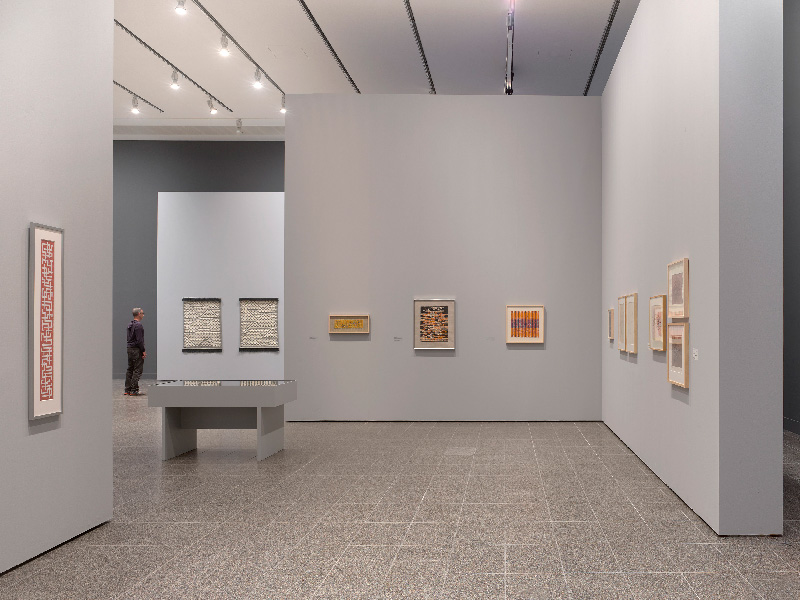
Installationsansicht im K20
Foto: Achim Kukulies
© Kunstsammlung NRW
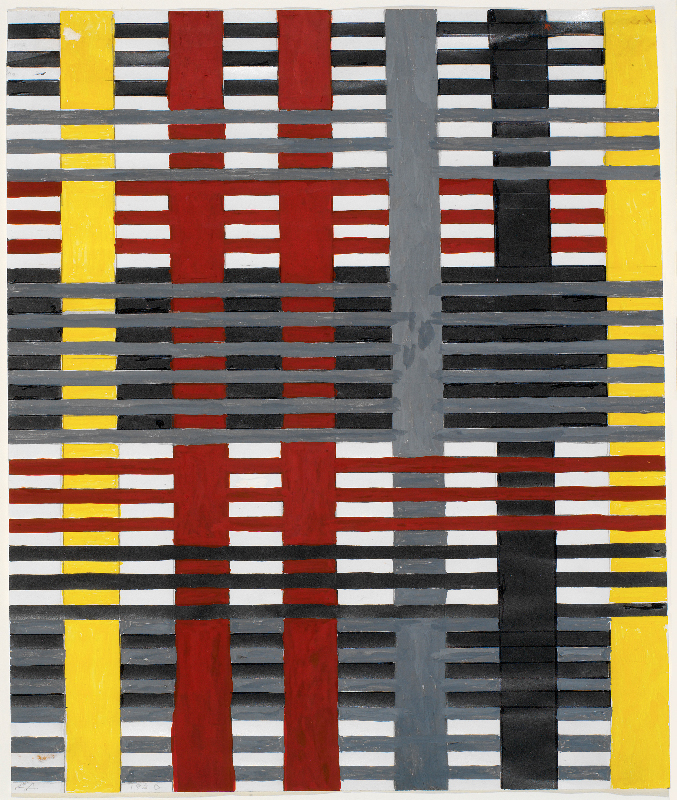
Foto: Tim Nighswander/Imaging4Art
© Kunstsammlung NRW
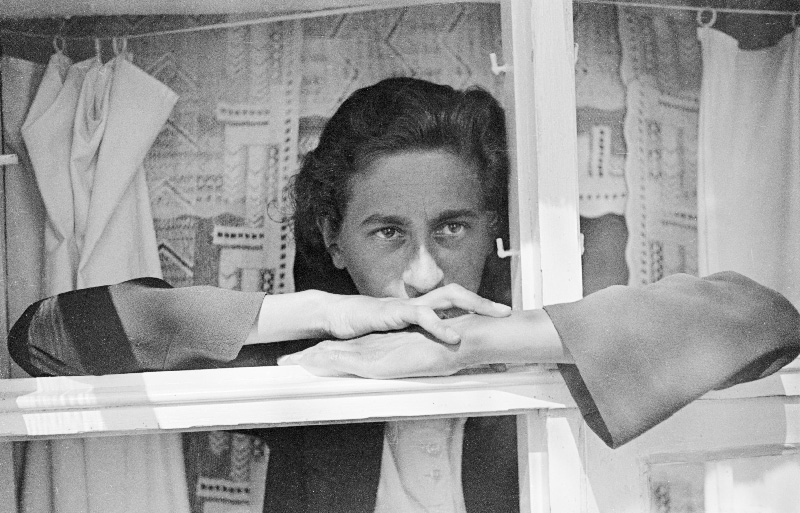
Foto:
© Kunstsammlung NRW
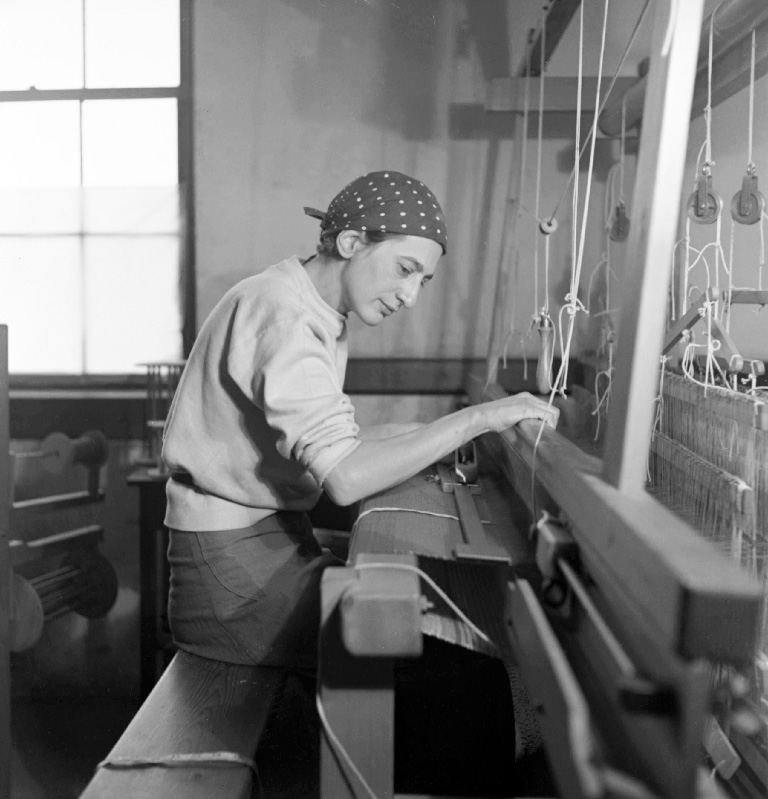
Foto:
© Kunstsammlung NRW
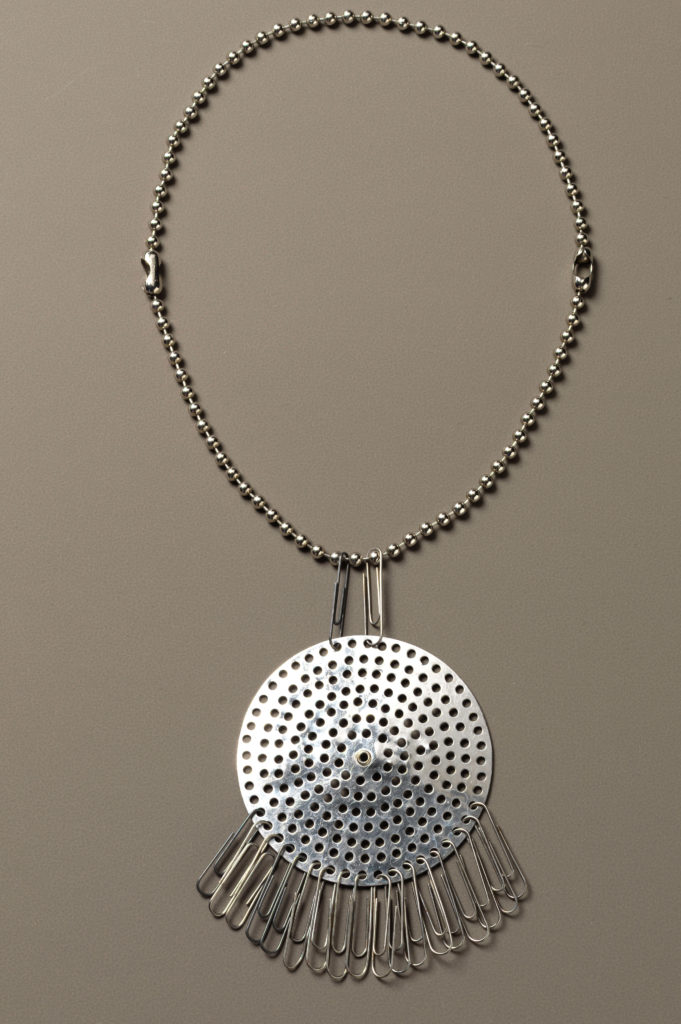
Foto: Tim Nighswander / Imaging4Art
© Kunstsammlung NRW
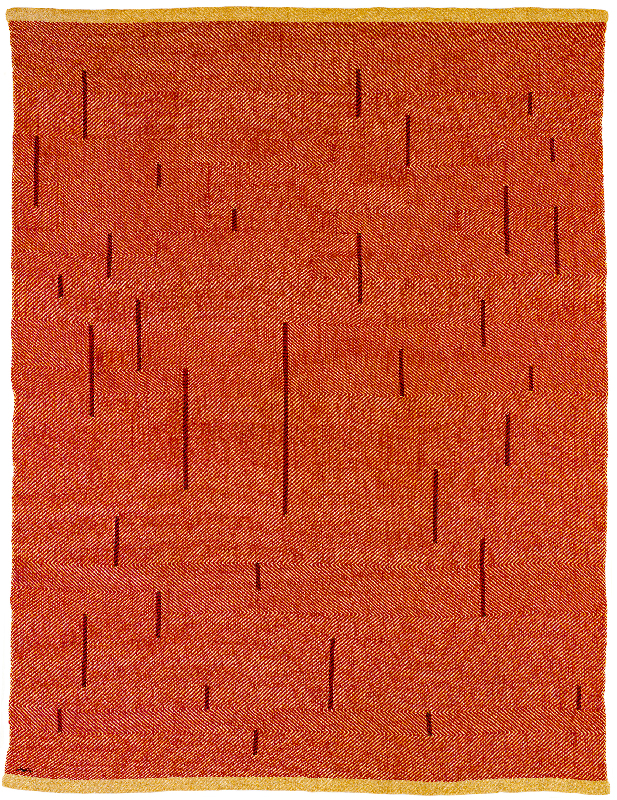
Foto: Tim Nighswander/Imaging4Art
© Kunstsammlung NRW
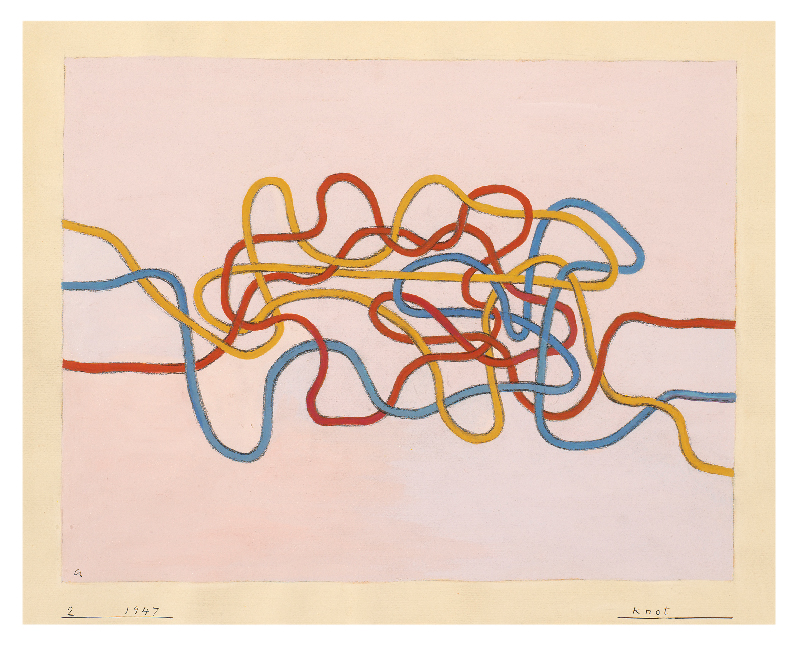
Foto: Tim Nighswander/Imaging4Art
© Kunstsammlung NRW
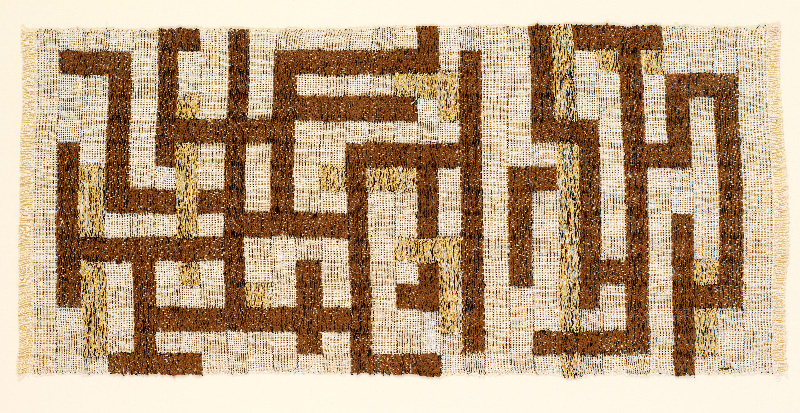
Foto: Tim Nighswander / Imaging4Art
© Kunstsammlung NRW
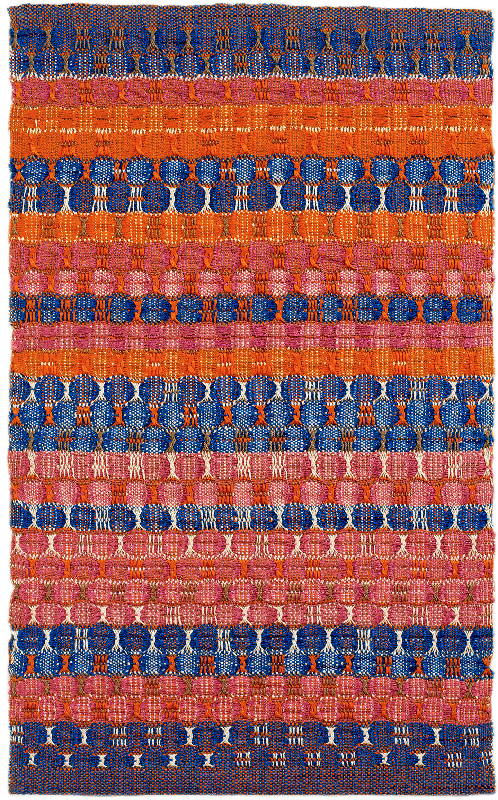
Foto: Tim Nighswander/Imaging4Art
© Kunstsammlung NRW
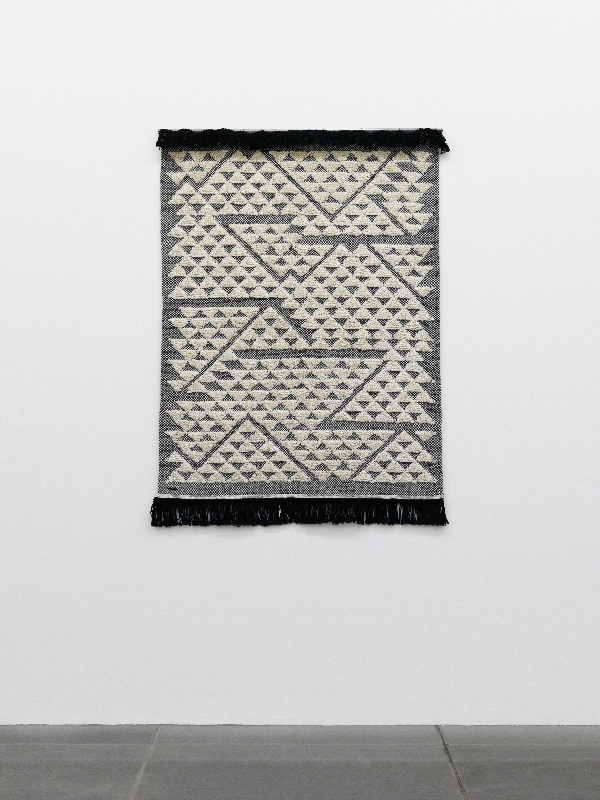
Foto: Neues Museum Nürnberg (Annette Kradisch)
© Kunstsammlung NRW
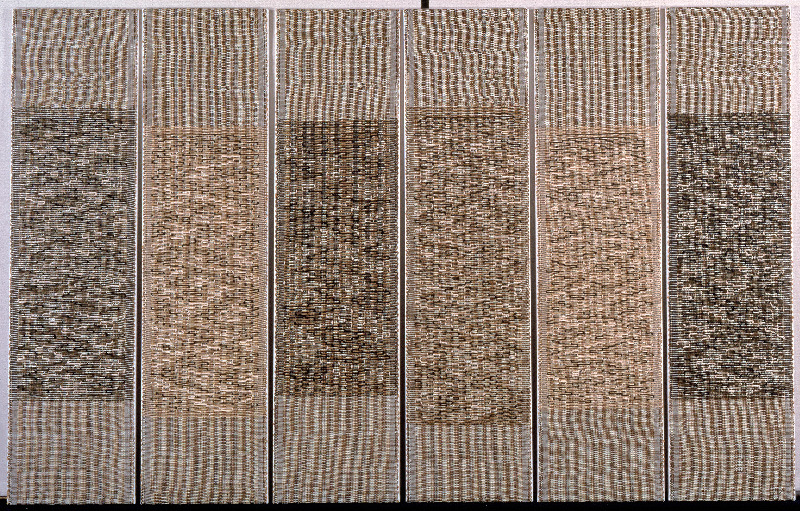
Foto: The Jewish Museum, New York
© Kunstsammlung NRW
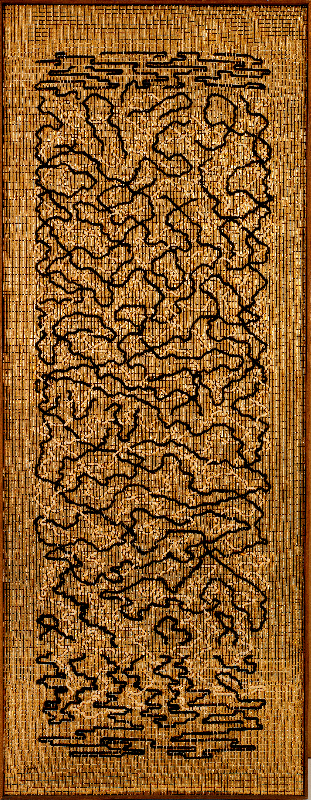
Foto: Tim Nighswander / Imaging4Art
© Kunstsammlung NRW
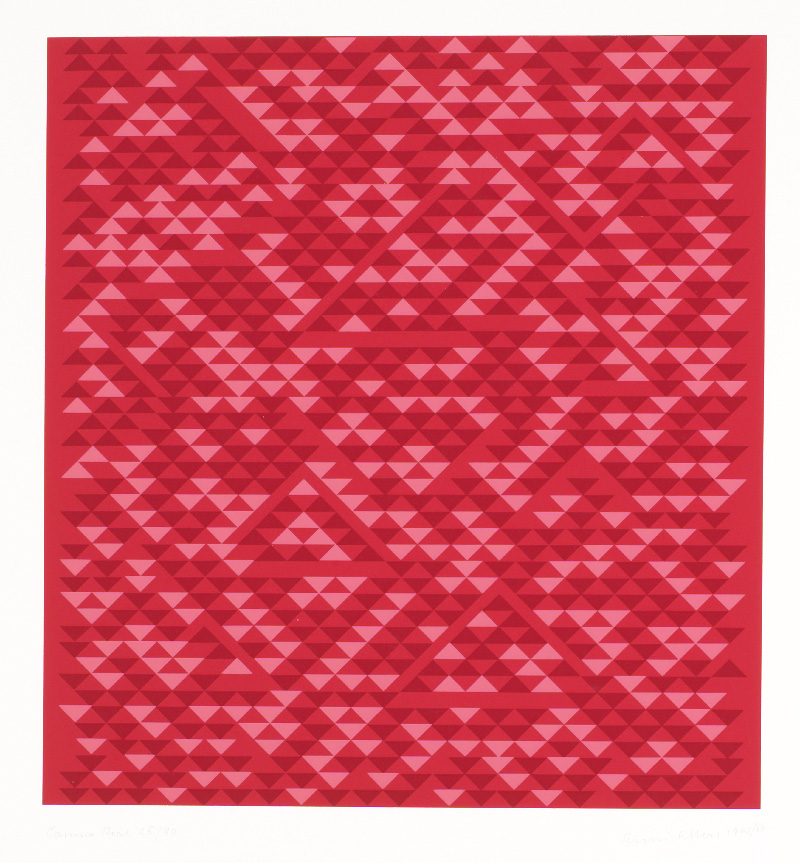
Foto: Tim Nighswander / Imaging4Art
© Kunstsammlung NRW
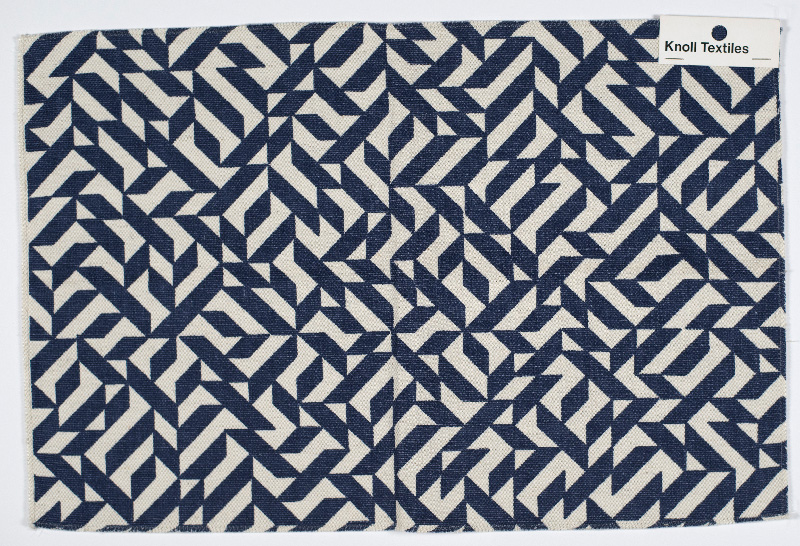
Foto: Tim Nighswander / Imaging4Art
© Kunstsammlung NRW